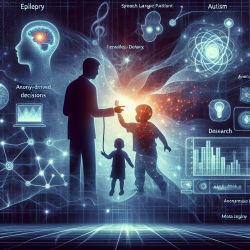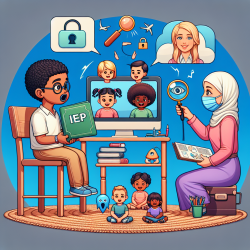Key Findings from the Research
- Approximately 20% of people with autism also have epilepsy, and vice versa.
- Two peaks of epilepsy onset in autism: infancy and adolescence.
- Higher rates of epilepsy in individuals with autism and intellectual disability.
- Common comorbidities include ADHD, anxiety, and sleep disorders.
Implementing Research Outcomes
Practitioners can leverage these findings to improve diagnostic and treatment strategies:
- Early Detection: Monitor children with autism closely for signs of epilepsy, especially during infancy and adolescence.
- Comorbidity Management: Address ADHD, anxiety, and sleep disorders in children with autism and epilepsy to improve overall outcomes.
- Customized Treatment Plans: Tailor treatment plans considering the unique needs of children with both conditions, ensuring a holistic approach.
Encouraging Further Research
While current research provides valuable insights, further studies are needed to explore:
- The role of epilepsy in early childhood regression in autism.
- The genetic and environmental factors contributing to both conditions.
- Effective management strategies for comorbid conditions in children with autism and epilepsy.
By staying informed and applying data-driven strategies, practitioners can significantly enhance the quality of life for children with autism and epilepsy. To read the original research paper, please follow this link: Epilepsy in patients with autism: links, risks and treatment challenges.










